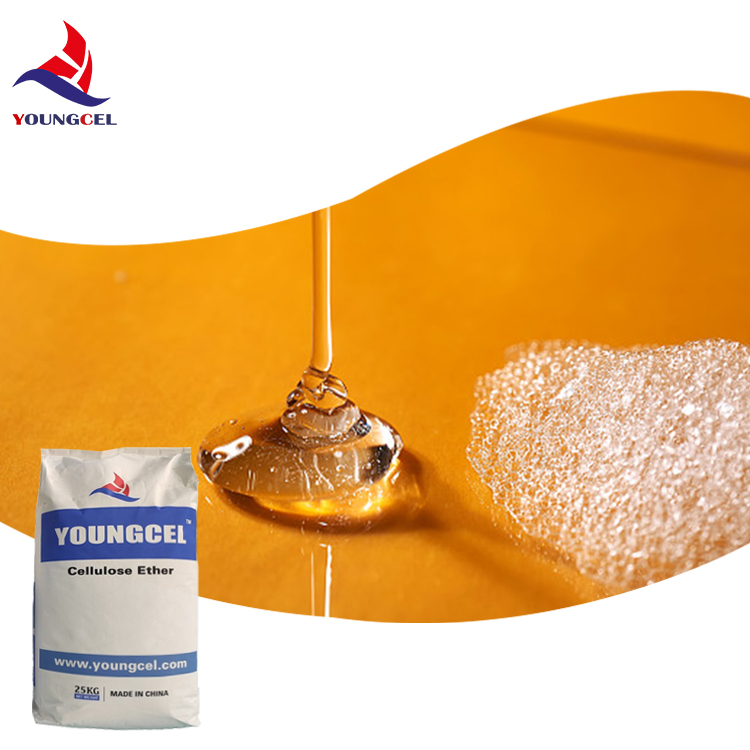Exploring China HPMC A Key Player in Pharmaceutical Applications
Hydroxypropyl Methylcellulose (HPMC) is a semi-synthetic polymer derived from cellulose, widely utilized in various industries, particularly in pharmaceuticals. In recent years, China has emerged as a leading producer and exporter of HPMC, shaping the market dynamics significantly. This article delves into the properties, applications, and market landscape of HPMC within China’s pharmaceutical sector.
Properties of HPMC
HPMC is known for its unique properties, including excellent film-forming capabilities, viscosity, and binding strength. Being a non-ionic compound, it remains stable across a range of pH levels and temperatures, making it suitable for various formulations. Furthermore, HPMC is soluble in water, forming a clear gel upon hydration, which enhances the texture and stability of pharmaceutical products.
In addition to its solubility, HPMC exhibits low toxicity and biocompatibility, which are crucial attributes for pharmaceutical applications. Its ability to modify the release rate of active pharmaceutical ingredients (APIs) allows for the development of controlled-release formulations, providing better therapeutic outcomes and improved patient compliance.
Applications in Pharmaceuticals
The pharmaceutical industry employs HPMC extensively in multiple applications. Primarily, it is used as a binder in tablet formulations, where it helps in holding the ingredients together, ensuring the integrity of the tablet during production and storage. Additionally, HPMC acts as a disintegrant, facilitating the breakdown of the tablet once ingested, thus aiding in drug absorption.
Moreover, HPMC is widely used in the formulation of suspensions and emulsions due to its thickening and stabilizing properties. It ensures uniform distribution of the API within the formulation, enhancing the efficacy of the drug. As an excipient, it is also instrumental in the development of oral, topical, and injectable formulations, illustrating its versatility across various dosage forms.
china hpmc

Market Landscape in China
China's HPMC market has witnessed remarkable growth, attributed to the rising demand for high-quality pharmaceutical products and increasing investments in research and development. The Chinese government has also prioritized the pharmaceutical sector as part of its broader strategy to boost the economy, stimulating production and innovation in HPMC manufacturing.
Chinese manufacturers have adopted advanced technologies and methods to produce HPMC at competitive prices while maintaining high quality. This has positioned them as key players in the global market, catering not only to domestic needs but also to international demand. The export of HPMC has been on the rise, with countries across Asia, Europe, and North America relying on Chinese suppliers for their pharmaceutical manufacturing requirements.
Challenges and Future Prospects
Despite its growth, the HPMC market in China faces several challenges. Quality control remains a critical aspect, as variations in production processes can lead to inconsistencies in product performance. Additionally, with increasing global competition, Chinese manufacturers must consistently innovate and improve their production methods to retain their market position.
Looking ahead, the future of HPMC in China appears promising. With the expansion of the pharmaceutical industry and the increasing trend towards personalized medicine, the demand for tailored HPMC solutions is expected to rise. Ongoing research into new applications and enhanced formulations will further bolster the growth of HPMC in the pharmaceutical sector.
Conclusion
In conclusion, HPMC plays a pivotal role in China's pharmaceutical landscape, offering versatile applications and contributing to the quality of various formulations. As the industry continues to evolve, the significance of HPMC will undoubtedly grow, reinforcing China’s position as a leader in the global pharmaceutical market. The ongoing advancements in technology and production methods will ensure that HPMC remains a vital excipient in pharmaceutical manufacturing for years to come.
-
The Application and Significance of Construction RdpNewsMay.19,2025
-
Industrial Grade HpmcNewsMay.19,2025
-
Building Coating Adhesive Building Coating Adhesive HpmcNewsMay.19,2025
-
Application Of Hpmc For Detergent For Detergent In DetergentsNewsMay.19,2025
-
Application Of Hpmc Cellulose In Cement-Based MaterialsNewsMay.19,2025
-
Application Of High Quality Hpmc For Construction In The Field Of ConstructionNewsMay.19,2025




